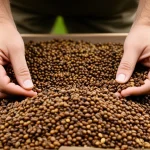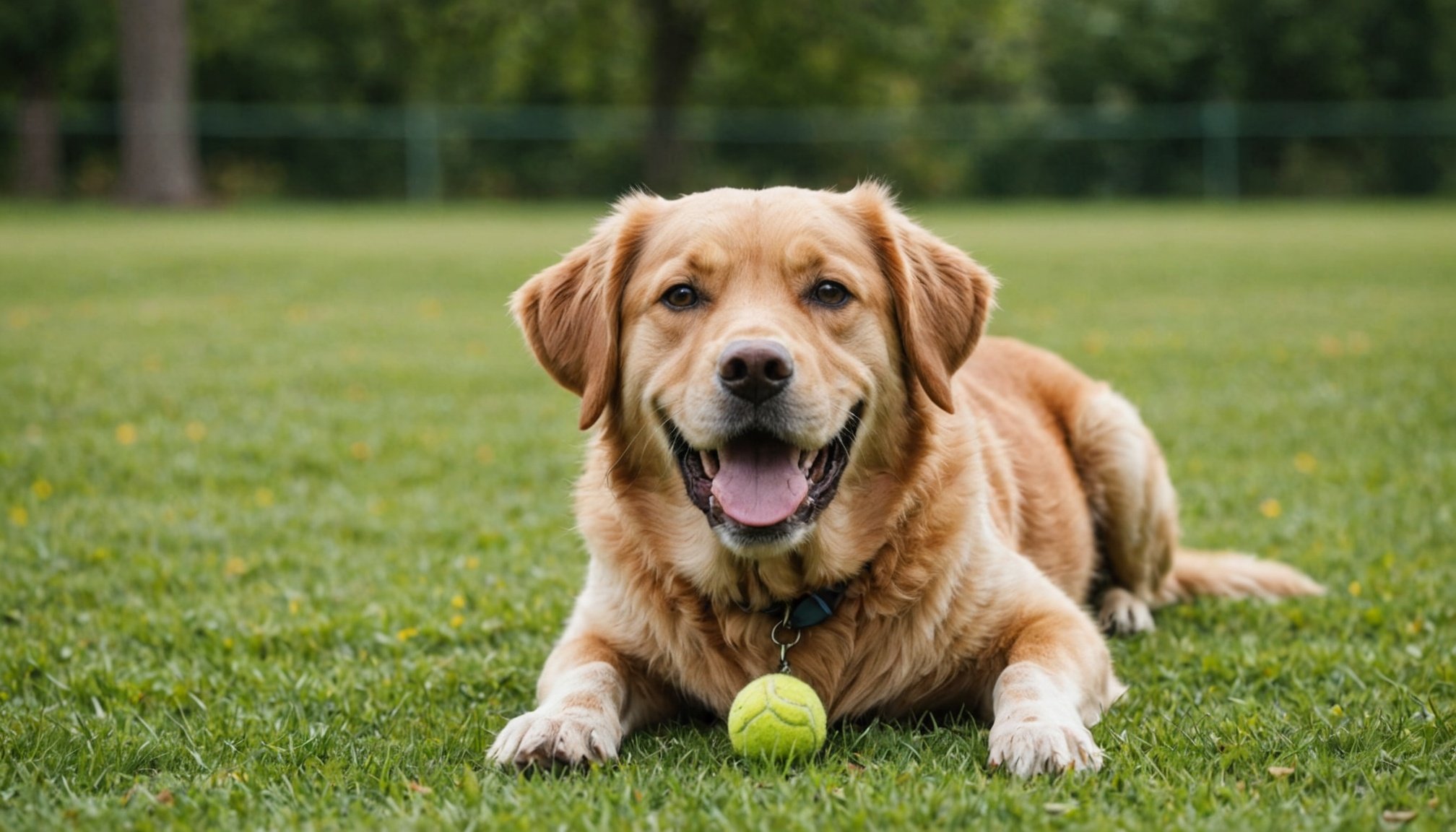Mastering Canine Joy: The Ultimate Guide to Using Positive Reinforcement for Teaching Your Dog to Roll Over
Teaching your dog to roll over is not just a fun trick; it’s a great way to strengthen the bond between you and your furry friend while providing mental and physical stimulation. At the heart of this process is positive reinforcement, a training method that focuses on rewarding desired behaviors rather than punishing undesired ones. Here’s a comprehensive guide on how to use positive reinforcement to teach your dog this delightful trick.
Understanding Positive Reinforcement
Positive reinforcement is a technique rooted in operant conditioning, a concept developed by B.F. Skinner. This method involves rewarding your dog for desired behaviors to increase the likelihood of those behaviors being repeated in the future[1][2].
This might interest you : Tailored Exercise Plans for Pomeranians with Luxating Patella: Boost Your Pup’s Health and Mobility
Definition and Principles of Positive Reinforcement
In positive reinforcement, rewards such as treats, praise, and play are used to motivate your dog. The key principle is that behaviors followed by pleasant outcomes are more likely to be repeated. For example, if your dog rolls over and immediately receives a treat, they will associate the action with the reward and be more inclined to repeat it.
Role of Treats as Primary Reinforcers
Treats are a powerful tool in positive reinforcement training. They provide instant and tangible rewards that your dog finds motivating. When teaching your dog to roll over, using high-value treats such as chicken, cheese, or liver can be particularly effective. These treats should be given immediately after the desired behavior to create a strong association between the action and the reward[1].
Have you seen this : Effective Strategies to Alleviate Separation Anxiety in Newly Adopted Pets
Preparing for Trick Training
Before diving into the specifics of teaching your dog to roll over, it’s essential to set up the right environment and tools.
Choosing the Right Rewards
Not all treats are created equal. High-value treats are best for new or challenging behaviors, while low-value treats can be used for reinforcing well-established behaviors.
| Treat Type | Description | Use |
|---|---|---|
| High-Value | Chicken, cheese, liver | New or challenging behaviors |
| Low-Value | Dry kibble, commercial dog biscuits | Routine commands and well-established behaviors |
Setting Up Your Training Space
Find a quiet, distraction-free area where your dog can focus on the training. Ensure you have plenty of treats and any other rewards you plan to use, such as toys or verbal praise[2].
Teaching Your Dog to Roll Over
Teaching your dog to roll over involves several steps, each of which should be rewarded with positive reinforcement.
Step-by-Step Guide
-
Start with Your Dog in a Sit Position
Begin by having your dog sit. This is a foundational command that most dogs learn early in their training. -
Introduce the Treat
Hold a treat in front of your dog’s nose and slowly move it over their head towards their back. As they follow the treat with their head, they will naturally roll onto their back. -
Reward the Behavior
The moment your dog rolls onto their back, give them the treat and praise them. Use a consistent verbal cue like “Roll over” to help them associate the command with the action. -
Gradually Phase Out the Lure
Once your dog is comfortable rolling over for the treat, start to phase out the lure. Instead of moving the treat over their head, use the verbal cue alone and reward them with a treat after they complete the action. -
Add the Final Roll
To complete the roll over, encourage your dog to roll all the way over by using the verbal cue and rewarding them with a treat once they are back in the starting position.
Tips for Successful Training
- Be Consistent: Use the same verbal cues and hand signals each time you give a command.
- Keep Training Sessions Short: Dogs have short attention spans, so keep training sessions to about 10 minutes.
- Use a Clicker: Clicker training can help make the association between the behavior and the reward clearer. The sound of the clicker marks the exact moment your dog performs the desired behavior[2].
Pairing Treats with Verbal Cues and Physical Praise
While treats are a powerful motivator, they should not be the only form of reward. Combining treats with verbal cues and physical praise can make your training more effective and sustainable.
Verbal Cues
Use enthusiastic and consistent verbal praise immediately after your dog performs the desired behavior. For example:
- “Good job!”
- “Well done!”
- “Roll over!”
Consistent language helps reinforce the command and links the positive behavior to your words.
Physical Praise
Physical affection like petting or scratching your dog’s favorite spots can also strengthen the bond and reinforce the behavior. Many dogs are highly motivated by physical contact, so incorporating this into your training routine can be exceptionally effective[1].
Gradually Fading Treats While Maintaining Behavior
While treats are excellent for initial training, it’s crucial to avoid over-reliance. Here’s how you can gradually fade out treats:
- Initial Phase: Reward your dog with a treat every time they complete the desired behavior.
- Variable Reinforcement Schedule: Once the behavior becomes consistent, start substituting treats with verbal praise or physical affection intermittently.
- Extend Time Between Rewards: Gradually increase the time or number of correct responses required before a treat is given. This approach will encourage your dog to perform the behavior reliably without expecting immediate treats every time[1].
Balancing Treats with Other Forms of Positive Reinforcement
To prevent over-reliance on treats and ensure a well-rounded training regimen, it’s important to balance treats with other forms of positive reinforcement.
Using Toys and Play as Rewards
For highly active dogs, toys and play can be as rewarding as treats. Here’s how you can incorporate them:
- Identify Favorite Toys: Use toys that your dog shows high interest in.
- Schedule Playtime as a Reward: After your dog completes a desired behavior, engage in a brief game of fetch or tug-of-war.
- Mix Play with Training: Activities like agility training can simultaneously serve as exercise and a fun reward[1].
Example of Balanced Reinforcement
Here’s an example of how you can balance different forms of reinforcement:
- Start Training Sessions with High-Value Treats: Use high-value treats for new or challenging behaviors.
- For Routine Commands, Use Lower-Value Treats or Verbal Praise: Switch to lower-value treats or verbal praise for well-established behaviors.
- Gradually Fade Out Treats: Pair verbal cues and physical affection to maintain desired behaviors.
- Use Toys and Play Intermittently: Keep the training dynamic and engaging by using toys and play as rewards.
Addressing Common Challenges
Counter-Conditioning for Fear and Anxiety
For dogs with fear and anxiety issues, treats can be a powerful tool for counter-conditioning and desensitization. Here’s how you can use positive reinforcement to address these issues:
- Identify Triggers: Determine what triggers your dog’s fear or anxiety.
- Pair Triggers with Positive Experiences: Reward your dog with treats when they remain calm in the presence of the trigger.
- Gradually Increase Exposure: Over time, increase the exposure to the trigger while continuing to reward calm behavior.
Modifying Undesirable Behaviors
Positive reinforcement can also be used to modify undesirable behaviors. Here’s how:
- Identify the Undesirable Behavior: Determine the behavior you want to change.
- Teach an Alternative Behavior: Teach your dog a more desirable behavior and reward them for it.
- Redirect the Behavior: When your dog starts to exhibit the undesirable behavior, redirect them to the alternative behavior and reward them for it.
For example, if your dog tends to jump on people, teach them to sit instead. When they start to jump, give a “sit” command and reward them with a treat when they comply[1].
Best Practices and Success Tips
Starting with High-Value Treats for New Behaviors
When introducing new behaviors, the use of high-value treats is essential. Here’s why:
- High-Value Treats Motivate: High-value treats are more enticing and can motivate your dog more effectively.
- Reward Small Progress: Reward small progress towards the final behavior to keep your dog engaged and eager to learn.
Maintaining Consistency in Reward Delivery
Consistency is crucial in reinforcing desired behaviors. Here’s how to maintain consistency:
- Immediate Reward: Deliver the treat immediately after the desired behavior to ensure your dog clearly associates the treat with the action.
- Consistent Commands: Ensure all family members or anyone involved in training use the same commands and reward the behavior in the same manner[1].
Teaching your dog to roll over using positive reinforcement is a fun and rewarding experience for both you and your furry friend. By understanding the principles of positive reinforcement, preparing the right environment, and gradually fading out treats, you can create a strong and lasting bond with your dog.
Final Tips
- Keep It Fun: Remember, training should be fun for both you and your dog.
- Be Patient: Training takes time and patience, so don’t get discouraged if progress is slow.
- Stay Consistent: Consistency is key in reinforcing desired behaviors.
By following these guidelines and tips, you can master the art of teaching your dog to roll over, and in doing so, you’ll not only learn a new trick but also strengthen the bond between you and your pet.
As Dr. Ian Dunbar, a renowned dog trainer, once said, “Positive reinforcement training is not just about training dogs; it’s about building a relationship based on trust, respect, and clear communication.”
So, go ahead, grab some treats, and start rolling your way to a happier, more well-behaved dog. Happy training











